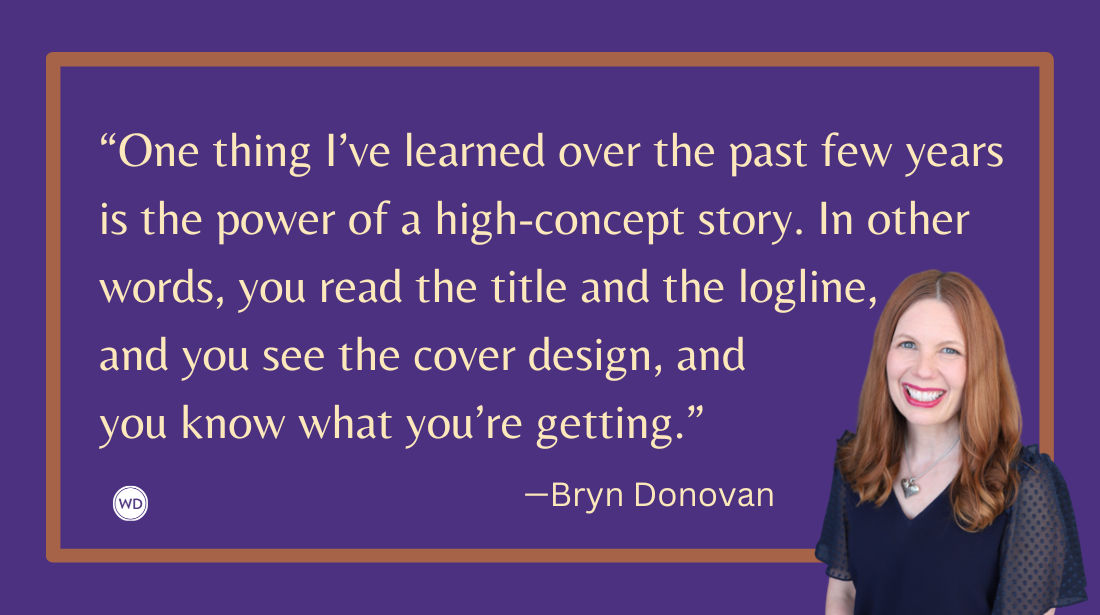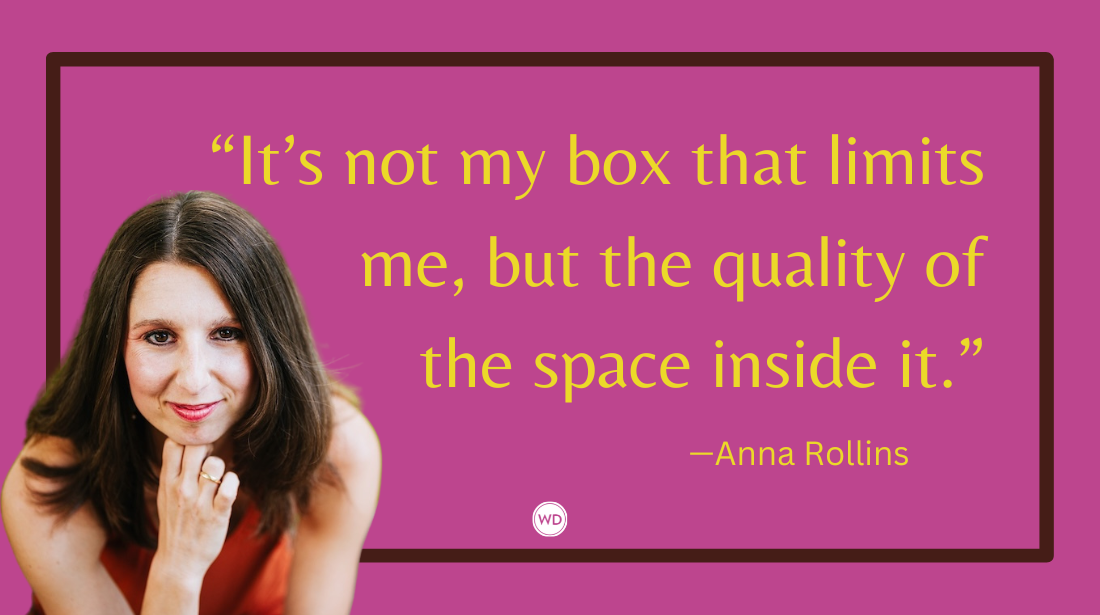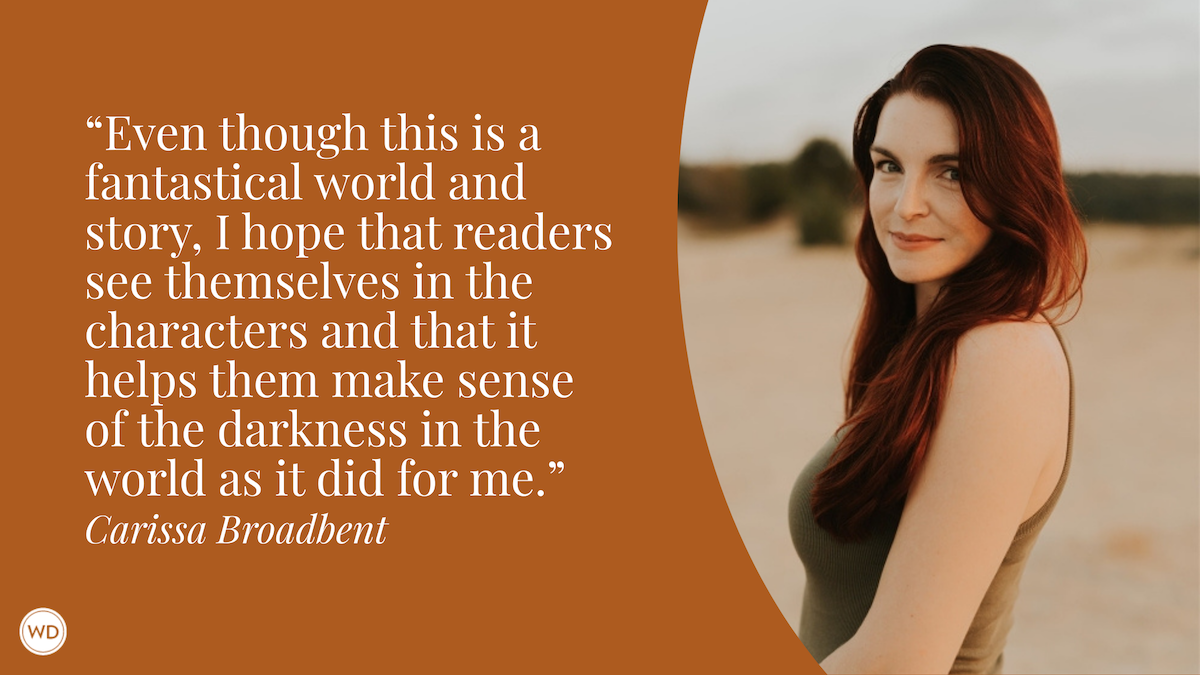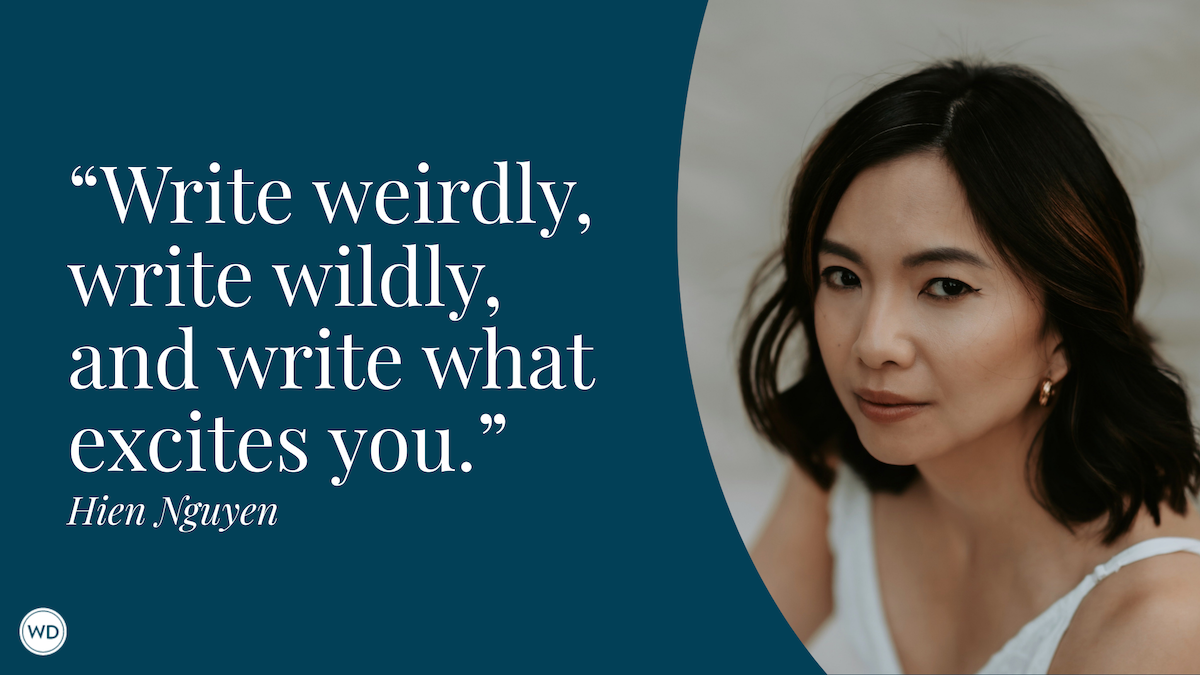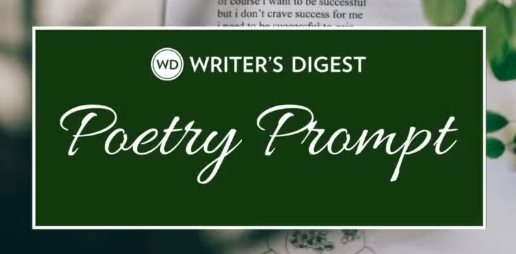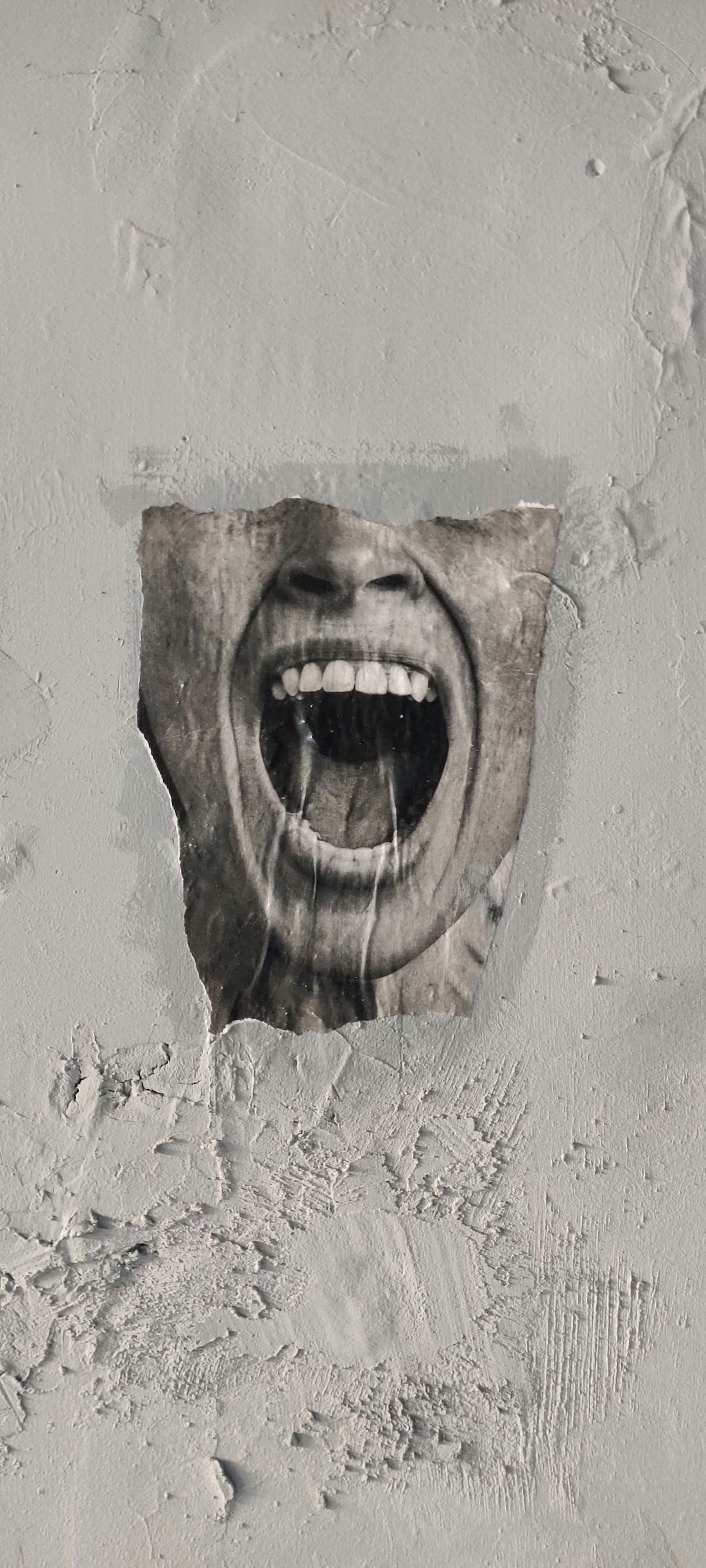Creativity Exercises: 3 Ways to Awaken Your Mind to Poetic Thinking
Guggenheim Fellow and poet Jane Hirshfield explains, “Poetry’s work is the clarification and magnification of being.” Here are some creativity exercises to help awaken your mind to poetic thinking, and to clarify and magnify your poetry writing.
Poetry has been called the “gateway drug” into writing because many writers often begin their craft by attempting to encapsulate simple observations into poems. As our skills develop, we sometimes struggle to find new ways to express what was once fresh and inspiring. I’ve been writing poetry since I was 15 years old, and after several decades of dabbling with the form I continue to look for new ways to reinvigorate my practice.
Guggenheim Fellow and poet Jane Hirshfield explains, “Poetry’s work is the clarification and magnification of being.” Here are some creativity exercises to help awaken your mind to poetic thinking, and to clarify and magnify your poetry writing.
3 Ways to Awaken Your Mind to Poetic Thinking
1. Try An Experimental Form
Experimental poetry introduces elements of play and exploration into practice and allows us to challenge the established use of language, reviving our point of view. One experimental form of poetry gaining in popularity at the moment is erasure poetry. Erasure poetry is a type of “found” poetry that’s been around since the 1970s.
In a Writer’s Digest article, Robert Lee Brewer defines an erasure poem as “any poem that sculpts itself out of another larger text.” Erasures can be created by writers using whiteout, blackout, or by online programs that delete and manipulate random words from web pages using sites such as TheDeletionist.com. Tom Phillips’ A Humument is one of the earliest and most famous book erasure projects while Austin KIeon recently revived the form with his blackout poetry.
Poet Mary Ruefle, who is an obsessive erasure poet, believes that erasures are created, not found: “I certainly didn't ‘find’ any of these pages, I made them in my head, just as I do my other work.”
Whether they’re found or created, here are some methods for exploring erasure poetry:
- Grab a story from a newspaper and blackout the words you don’t want to use to create a blackout erasure à la Austin KIeon.
- Download thedeletionist.com, find an interesting website, then click on the app; use the poem as found or add your own edits to the words erased.
- Go to Wave Books online erasure page and try your hand at creating an online erasure from the page of a famous book by writers such as Virginia Woolf or Herman Melville.
- Grab a cheap book from a thrift store and some whiteout tape, open a random page and begin erasing.
2. Use Your Dreams to Explore Myths and Symbols
It’s no secret that most writers and poets tap into their subconscious to access their creativity, but we can do this in more active ways than we realize. Carl Jung, the famous psychologist and dream analyst, once said, “Your vision will become clear only when you can look into your own heart. Who looks outside dreams; who looks inside, awakes.”
Here are some ways to use the symbols of your inner world to inform your writing in the outer world:
- Keep a dream diary beside your bed and write down your dreams immediately upon waking because you probably won’t remember your dreams by the time you’re up and drinking your first cup of coffee or pot of tea. Note any recurring motifs in your dreams and use these to inform the metaphors and symbols in your poetry.
- If a recurring motif appears, look it up in a dream dictionary: the encyclopedic The Book of Symbols, or a reference book on Greek or Roman myths such as Edith Hamilton’s Mythology or D'Aulaires' Book of Greek Myths. Using this method, I explored a dream about being trapped underground, began reading about the Persephone myth, and wove this ancient tale into several new poems.
- Edgar Allen Poe said, “Those who dream by day are cognizant of many things which escape those who dream only by night.” As Poe advises, look for symbols, animals, or themes that recur in your waking life, or daydreams, to tap into the symbolic aspects of everyday existence.
3. Create a Mind Map
We often think of writing as being just that, putting pen to paper and writing words, on lines, in sentences, or in a word processing program. Doing that too often can send your practice into a deep sleep! However, when we engage our right-brain while writing it often pushes us out of our usual well-worn grooves. Mind maps enable us to brainstorm and record our ideas in a visual way. Mind maps begin with a circle that includes the main idea and then the writer adds branches or bubbles of words, ideas, or illustrations that expand upon the topic.
I began using mind maps when I was teaching vocabulary in English as a Second Language classes. The progression to using mind maps in my own writing flowed naturally from this process and it’s now a part of my routine when I feel stuck. I use mind maps in several different ways to; 1) brainstorm, 2) create a cluster of related words, or 3) create a list of themes and ideas that I want to include in a poem. Online programs which are helpful for mind mappers are found at Bubbl.us and Coggle among many many others; or grab a piece of plain, unlined paper and mind-map away freehand.
Mind map guru Tony Buzan has said, “When the student or a child uses the mind map, they are using their brain in the way their brain was designed to be used.” Mind maps allow poets to expand and make connections with words in fresh, intuitive, and out-of-the-box ways that with some practice feel surprisingly natural.
...
Being tied to left-brain activities and aims often makes our poetry stale, that’s where trying new things and letting go of old habits opens up our work to novel possibilities. Mihaly Csikszentmihalyi, the author of Flow and Creativity writes, “It is when we act freely, for the sake of the action itself rather than for ulterior motives, that we learn to become more than what we were.” Play and the willingness to be open-minded keeps most great poets writing with fresh ideas collection after collection.
IndieBound | Amazon
[WD uses affiliate links.]
Natalie D-Napoleon is a writer, singer-songwriter and educator from Fremantle, Australia who now lives in California. She has an MA in Writing from Swinburne University and currently works as a Coordinator at a Writing Center in a California city college. Her work has appeared in Entropy, Australian Poetry Journal, LA Yoga Magazine and Writer’s Digest. Recently, her story “Crossing” made the finalists' list for the Penelope Niven Prize in Creative Nonfiction, and her poem "First Blood" placed second in the 2017 KSP Poetry Awards judged by John Kinsella. | Twitter and Instagram: @nataliednapo | Website: www.nataliednapoleon.org




